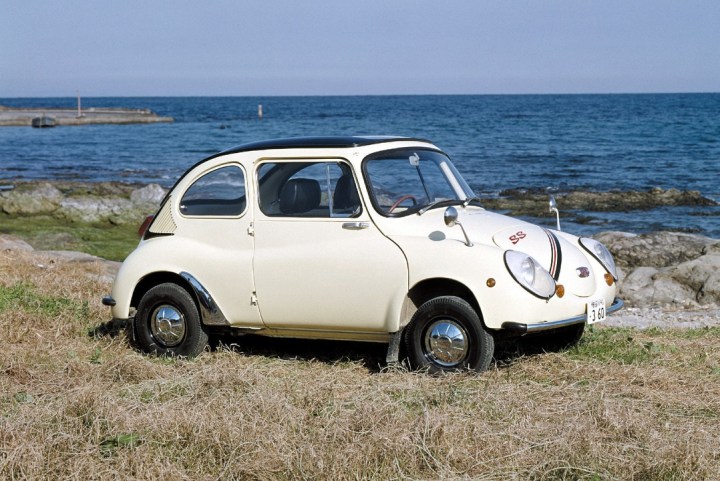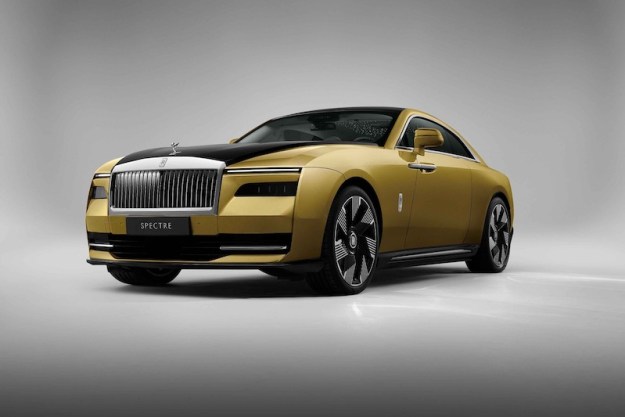
The term “heritage item” is more than just a vague, boilerplate title. It means that the 360 is now considered a part of Japan’s cultural heritage, and its careful preservation is encouraged so that it can be passed on to future generations. The 360 is the first Subaru — and only the second car — to earn this prestigious designation.
A little bit of background information is required here. The 360 was introduced in its home country in 1958, and it was briefly sold in the United States during the late 1960s. It carried a base price of $1,297 in 1968, its first year on the market, but sales were low at best and Subaru quickly realized the car was far too small and slow to suit the tastes of American consumers. A bigger, more spacious model named FF-1 Star powered by a flat-four engine was introduced in 1970, inaugurating a mechanical layout that continues to characterize members of the Subaru lineup to this day.
The story was different in Japan, where motorists had a seemingly insatiable appetite for small, affordable, and efficient cars. The 360 fit the bill perfectly. It stretched only 117 inches long, it tipped the scale at about 900 pounds, and it used a 356cc two-cylinder air-cooled engine rated at just 25 horsepower. With its sheer simplicity, it helped an entire generation make the transition from a bike or a motorcycle to a car; it’s easy to see why it’s considered part of Japan’s heritage.
Read more: Subaru’s 2017 Impreza is sharper, more dynamic to drive, and safer than ever
The other car on the list of mechanical heritage items is an obscure electric model named Tama that was built in the late 1940s in response to a widespread oil shortage in post-war Japan. Other items related to the automotive industry include Honda’s CVCC engine, the first automatic transmission developed in Japan, and Mazda’s 10A rotary engine.
Editors' Recommendations
- Qualcomm just made some bold claims about gaming on ARM PCs
- Nvidia just made GeForce Now so much better
- Cruise autonomous vehicle drives over woman just after she was hit by another car
- Intel just made a huge comeback, and it’s bad news for AMD
- Forget silicon. Researchers just created a transistor made out of wood




